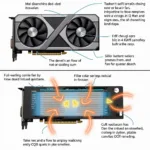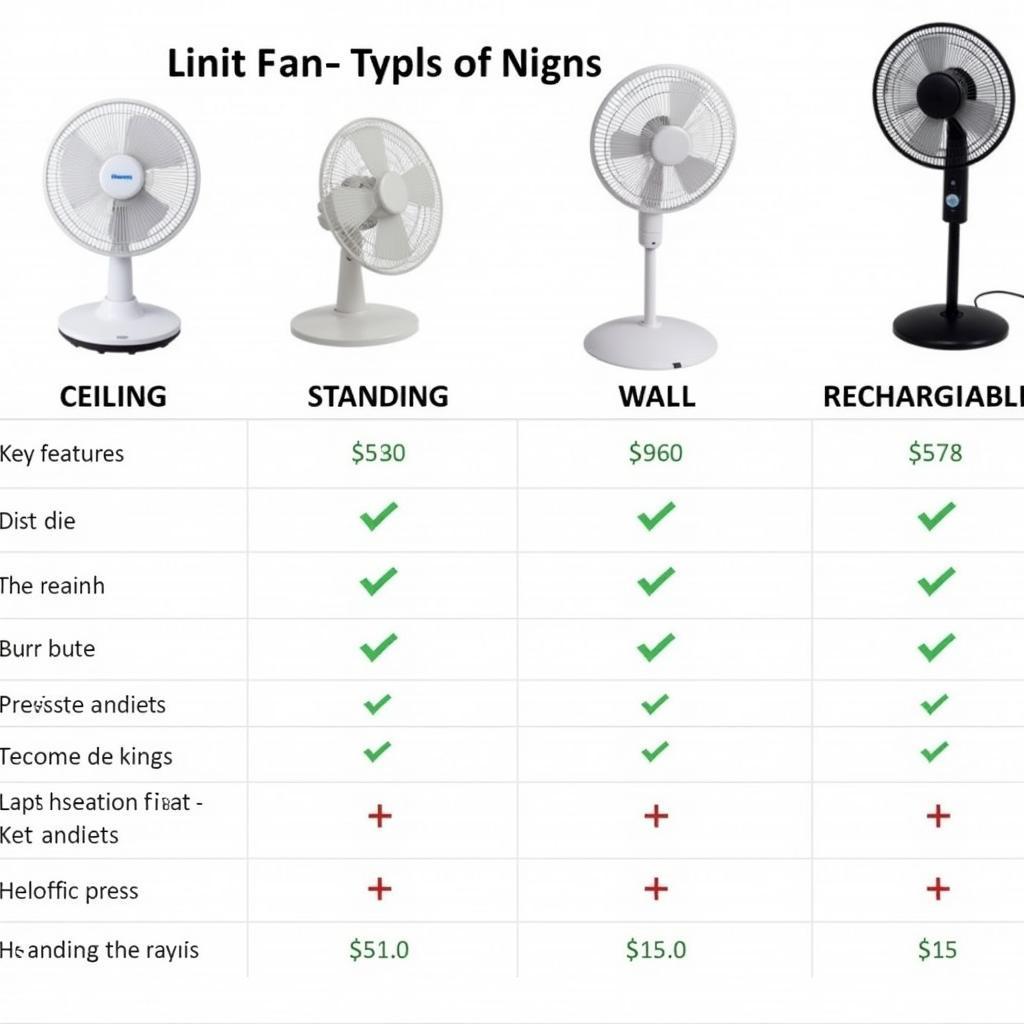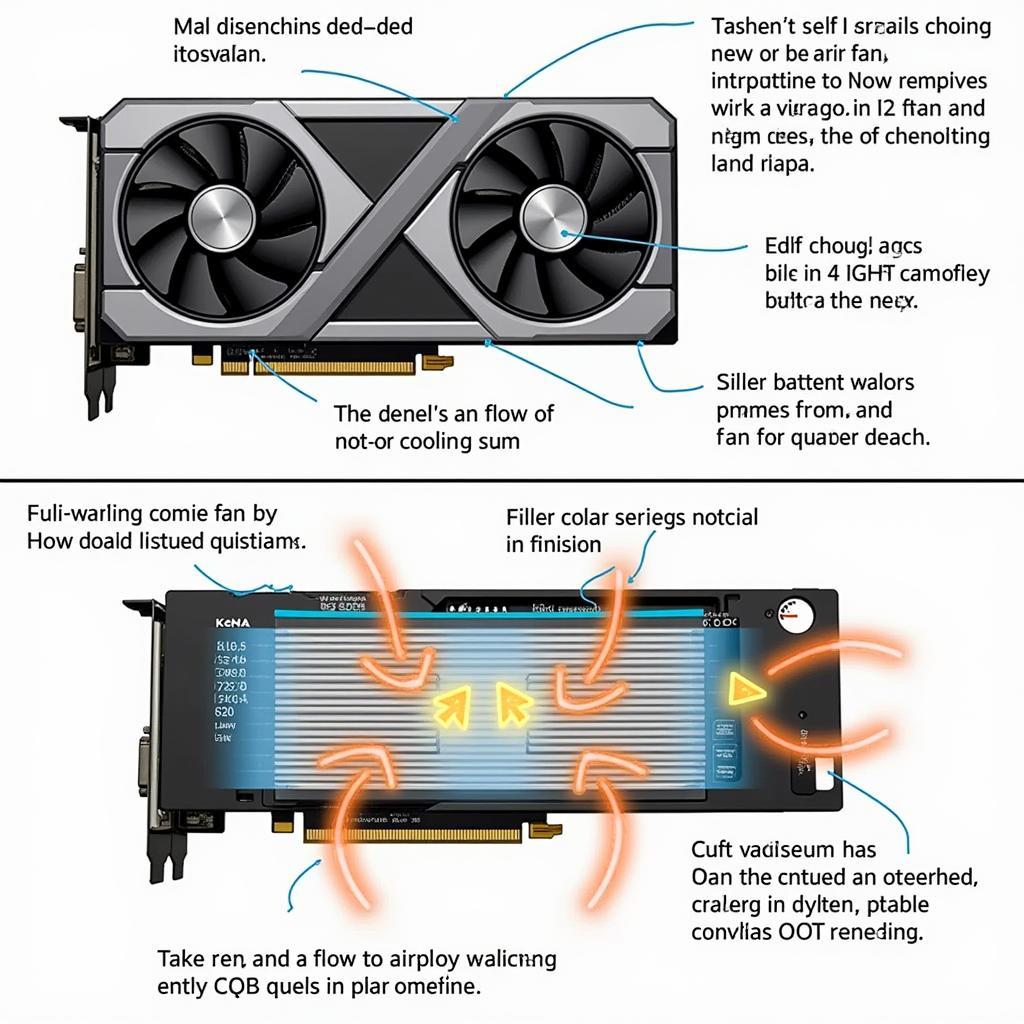Ducted fans have emerged as a key area of interest in aviation, offering a unique blend of efficiency and performance benefits. But what exactly are ducted fans, and how do they impact aircraft design and capabilities?
What is a Ducted Fan?
In essence, a ducted fan is a type of fan that is shrouded within a duct or shroud. This seemingly simple modification brings about several aerodynamic advantages not present in traditional propeller-based systems.
How Ducted Fans Work
The magic of ducted fans lies in their ability to manipulate airflow. The duct surrounding the fan blades serves to direct and accelerate the air passing through it. This controlled airflow results in several key benefits:
- Increased Thrust: By channeling the air in a focused stream, ducted fans generate significantly more thrust than a propeller of the same diameter.
- Reduced Tip Vortices: The duct mitigates the formation of tip vortices, those swirling air patterns at the blade tips that contribute to drag and noise.
- Improved Efficiency: The streamlined airflow within the duct reduces energy losses, leading to greater propulsive efficiency, especially at higher speeds.
Applications of Ducted Fans in Aviation
The unique advantages of ducted fans have made them suitable for a range of aviation applications:
1. Unmanned Aerial Vehicles (UAVs)
Ducted fans have become a popular choice for UAVs or drones. Their compact size, efficiency, and ability to generate high thrust make them ideal for powering these smaller aircraft.
2. Vertical Take-Off and Landing (VTOL) Aircraft
The increased thrust provided by ducted fans is particularly beneficial for VTOL aircraft. This allows them to achieve the necessary lift for vertical take-off and landing while maintaining efficiency in forward flight.
3. Electric Aircraft
As the aviation industry explores sustainable propulsion methods, ducted fans are gaining traction for electric aircraft. Their efficiency makes them well-suited for maximizing the range and endurance of battery-powered aircraft.
Advantages of Ducted Fans
Let’s delve deeper into the specific benefits offered by ducted fans:
- Enhanced Safety: The duct acts as a protective barrier around the rotating blades, reducing the risk of foreign object ingestion and potential hazards to personnel.
- Reduced Noise: The controlled airflow within the duct and the minimized tip vortices result in significantly quieter operation compared to open propellers.
- Improved Maneuverability: Ducted fans can be incorporated into innovative aircraft designs, allowing for enhanced maneuverability and control, especially at low speeds.
Challenges and Considerations
While ducted fans offer numerous advantages, there are certain challenges to consider:
- Design Complexity: Designing and optimizing ducted fan systems requires advanced aerodynamic modeling and analysis.
- Weight Considerations: The duct adds weight to the overall aircraft, which needs to be balanced against the performance gains.
The Future of Ducted Fan Technology
Ducted fan technology continues to advance, driven by ongoing research and development efforts. Researchers are exploring innovative duct designs, advanced materials, and integration with electric propulsion systems to further enhance the performance and efficiency of ducted fans.
Quote from Dr. Emily Carter, Aerospace Engineer: “Ducted fans represent a significant step forward in aviation propulsion. Their ability to combine efficiency with enhanced performance makes them a game-changer for a variety of aircraft applications, particularly in the rapidly evolving domains of UAVs and electric flight.”
As the aviation industry seeks innovative solutions for a sustainable future, ducted fans are poised to play an increasingly important role in shaping the future of flight.






